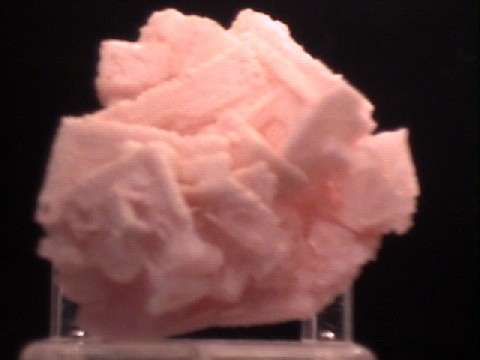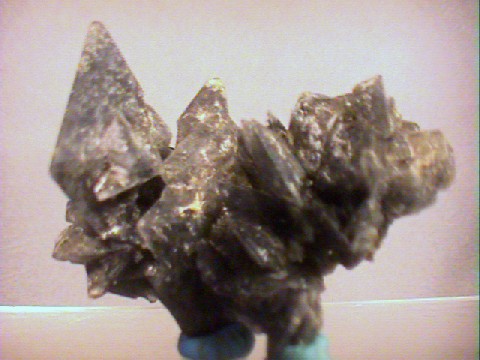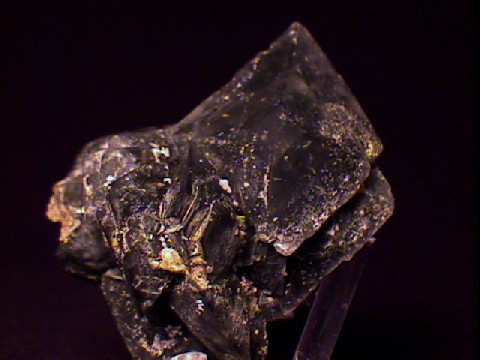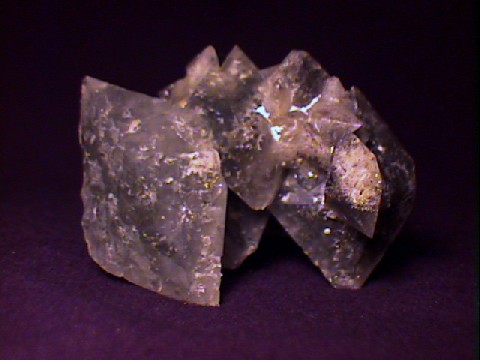 THE MINERAL THENARDITE
THE MINERAL THENARDITE
- Chemistry: Na2SO4, Sodium Sulfate.
- Class: Sulfates
- Uses: As a source of sodium to produce soda, various uses in the glass and paper industries and as mineral specimens.
Specimens
Thenardite, which is named for the French chemist Louis J. Thenard, has several distinctive properties in addition to its solubility.
For one it has a salty
Thenardite specimens should be stored in closed containers as thenardite is only metastable.
The specimens will gradually absorb water and convert to the mineral
PHYSICAL CHARACTERISTICS:
- Color is typically gray, white, colorless or brownish white or yellowish white.
- Luster is vitreous, pearly to resinous.
- Transparency: Crystals are transparent to translucent.
- Crystal System is orthorhombic: 2/m 2/m 2/m.
- Crystal Habits include tabular, dipyramidal, flattened, diamond-shaped crystals; often intergrown. Twins form arrowhead like crystals and crossed interpenetration twins. Also as crusts, granular and as massive rock forming beds.
- Cleavage is perfect in one direction (pinacoidal).
- Fracture is uneven to hackly or splintery.
- Hardness is 2.5 - 3.
- Specific Gravity is approximately 2.7 (average for translucent minerals).
- Streak is white.
- Other Characteristics: Easily soluble in water, has a salty taste, is
fluorescent white in shortwave UV and yellow-green in longwave UV and can color a flame yellow (for sodium). - Associated Minerals include halite,
mirabilite , gypsum, glauberite, trona, blodite, alunite, picromerite,sborgite , borax and other borate and non-marine evaporite minerals. - Notable Occurrences include several California sites such as Searles Lake, San Bernardino County; Soda Lake, San Luis Obispo County; Bertram deposit, Imperial County and Furnace Creek district, Inyo County; as well as Camp Verde Yavapi County in Arizona and sites in Nevada, USA; Espartinas, Madrid Province, Spain; Siberia, Russia; Mt Etna, Sicily, Italy; Chile; Kazakhstan and Canada.
- Best Field Indicators are crystal habit, environment of formation, associations, cleavage, taste and fluorescence.












